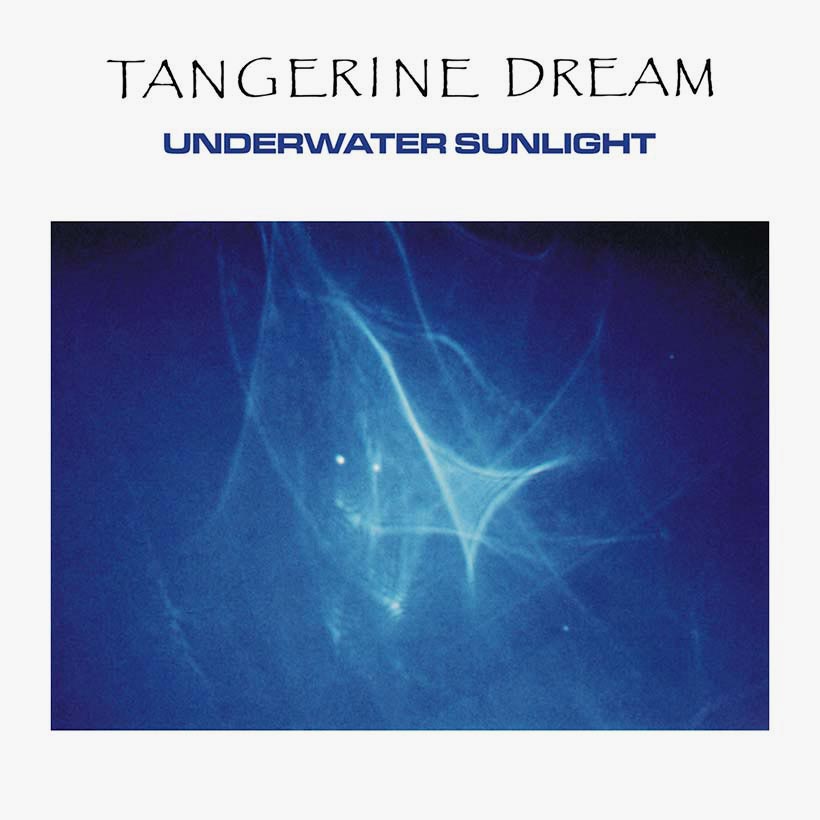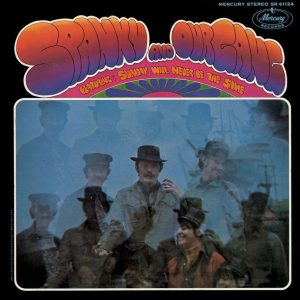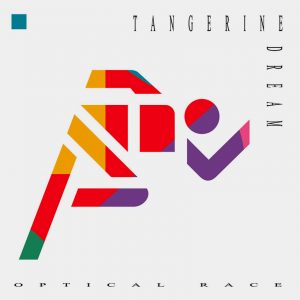Tangerine Dream’s groundbreaking early LPs, including 1972’s dark, proto-ambient classic Zeit and the sequencer-fueled Virgin Records-era classics Phaedra and Rubycon, are still cited by the majority of critics as their career-defining records. However, the innovative Berlin-based trio led by the restless Edgar Froese steadfastly resisted the urge to rest on their laurels, embracing a more accessible, mainstream approach after recruiting keyboardist Johannes Schmoelling on the cusp of the 80s. Consequently, by the middle of the decade, the group had seemingly binned side-long, Force Majeure-esque epics and were releasing underrated LPs such as Le Parc, Underwater Sunlight and the Heartbreakers soundtrack. These titles featured concise, tightly structured tracks, most of which clocked in at little more than five minutes.
The versatile Schmoelling is widely credited with bringing this poppier sensibility to the band, but he quit after Le Parc’s release. With UK and US tours imminent, Froese and first lieutenant Christopher Franke were forced to cast around for a replacement.
The successful candidate proved to be Paul Haslinger: a Vienna Academy Of Music graduate who was, at the time, playing jazz on the Viennese club circuit and – at least superficially – may have seemed an odd choice to fans. However, Haslinger was adaptable and classically trained and, after intensive rehearsals, he survived the two mettle-proving tours.
His baptism of fire successfully endured, Haslinger was back in the studio with Froese and Franke just weeks later as work began on Le Parc’s follow-up. The new trio quickly gelled, however, and August ’86’s Underwater Sunlight made it abundantly clear that the band intended to continue making music with the discipline and structure that had so far epitomized their recordings for Jive Electro.
Underwater Sunlight barely scraped the UK Top 100, and it’s rarely held up as one of Froese and co’s more mandatory discs, yet in the context of the times the album was no slouch. Wholly inspired by aquatic themes, its emotional two-part tour de force “Song Of The Whale” (which included some truly stately grand piano from Haslinger) demonstrated that Tangerine Dream hadn’t entirely forsaken their trademark grandeur, though, for the most part, tracks such as “Ride On The Ray” and the LP’s unashamedly poppy single, “Dolphin Dance,” showed they remained keen to pursue the melodic, radio-friendly agenda they drew up for Le Parc.
The album did have some flaws. Like so many records in thrall to state-of-the-art technology available in the mid-80s, its electro-drum sounds have dated badly, and its mellow vibe sometimes verge on the bland. Edgar Froese’s visceral guitar solo towards the end of the first part of “Song Of The Whale,” however, proved he was still capable of shaking things up. His band continued to defy expectations on their next LP, Tyger, wherein they controversially adapted several of William Blake’s most popular poems.




